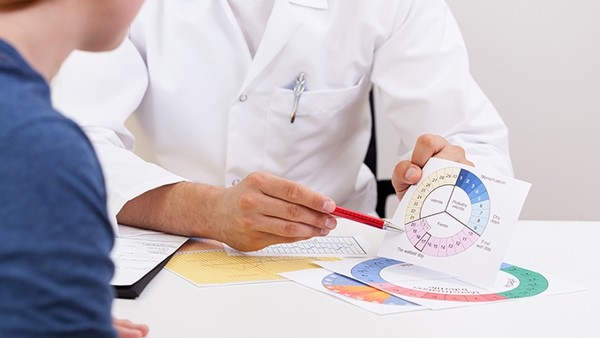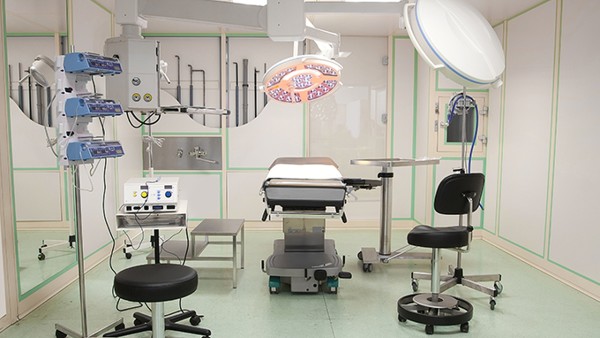Diagnostic Criteria for Sepsis in Babies

Sepsis is a life-threatening medical condition characterized by the body's extreme response to an infection. In babies, sepsis can be particularly dangerous due to their immature immune systems. Early diagnosis and treatment are crucial to improve outcomes. This article outlines the diagnostic criteria for sepsis in babies.
SIGNS AND SYMPTOMS
The presentation of sepsis in babies can vary depending on factors such as their age, underlying health conditions, and the severity of the infection. Common signs and symptoms include:
Fever or hypothermia (low body temperature)
Irritability or lethargy
Difficulty breathing
Fast heart rate
Rapid breathing
Poor feeding or vomiting
Skin rash or discoloration
Yellowing of the skin or whites of the eyes (jaundice)
DIAGNOSTIC CRITERIA
The diagnosis of sepsis in babies is based on the presence of systemic inflammatory response syndrome (SIRS) and a suspected or confirmed infection.
SIRS criteria:
Heart rate >180 beats per minute (bpm) or <60 bpm
Respiratory rate >50 breaths per minute
Body temperature >38.3掳C (101掳F) or <36掳C (96.8掳F)
White blood cell count >20,000 per cubic millimeter (mm3) or <5,000 per mm3
Suspected or confirmed infection:
Positive blood culture
Evidence of infection on chest X-ray or abdominal ultrasound
Urinary tract infection
Meningitis
INVESTIGATIONS
In addition to the clinical assessment, the following investigations may be performed to confirm sepsis:
Blood tests: Complete blood count, blood culture, C-reactive protein (CRP)
Urine ***ysis
Chest X-ray
Abdominal ultrasound
Lumbar puncture (if suspected meningitis)
RISK FACTORS
The following risk factors increase the likelihood of sepsis in babies:
Premature birth
Low birth weight
Weak immune system
Underlying medical conditions (e.g., heart disease, lung disease)
Invasive procedures (e.g., surgery, catheter insertion)
DIFFERENTIAL DIAGNOSIS
Sepsis can be mistaken for other conditions with similar symptoms, such as:
Meningitis
Pneumonia
Urinary tract infection
Viral infection
MANAGEMENT
Sepsis is a medical emergency that requires prompt and aggressive treatment. This typically involves:
Intravenous antibiotics
Intravenous fluids
Respiratory support
Inotropic support (medications to improve heart function)
COMPLICATIONS
If left untreated, sepsis can lead to serious complications, including:
Organ failure
Septic shock
Death
FOLLOW-UP
After treatment, babies with sepsis will be closely monitored for any signs of complications. Regular follow-up visits may be necessary to ensure that the infection has resolved and the baby is recovering well.
PREVENTION
Prevention of sepsis in babies is crucial. Measures include:
Handwashing
Vaccination
Maintaining sterile conditions during invasive procedures
Early detection and treatment of infections
The above is all the content that the editor wants to share with you. I sincerely hope that these contents can bring some help to your life and health, and I also wish that your life will be happier and happier.
Topic: #for #criteria #diagnostic













